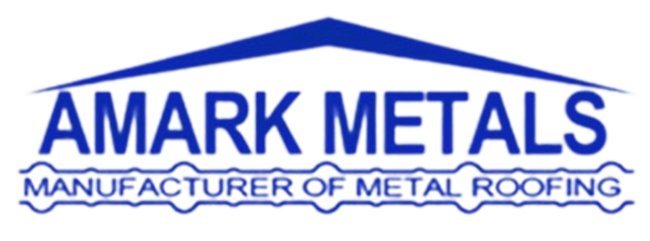Follow Us x
Frequently Asked Questions
Will it cost more than conventional roofing?
Although the initial cost of a metal roof is often higher than a conventional shingle roof, the life-cycle costs are substantially lower than conventional materials. The decision to select metal is often based upon the fact that the homeowner either doesn't want to or can't afford to replace their conventional roof every 10 to 12 years. Metal, on the other hand, will provide years of low maintenance service life.
How can a metal roof save energy?
Many conventional roofing materials, asphalt shingles, for example, absorb energy from the sun. Metal, on the other hand, reflects most of the sun's rays. At day's end, metal also cools more quickly. As a result, the attic space remains cooler, as does the living space below. Conventional roofing materials tend to absorb and retain heat, therefore requiring more energy to maintain a cooler living space.
Can I install a metal roof over my existing roof?
Yes. Because of the light weight of metal, it is easily installed over existing roofing materials, without the disposal problems commonly associated with re-roofing projects. And, because AMARK roofing panels are installed in sheets, labor cost for installation are kept to a minimum.
Will it look good?
We recognize that appearance is a major factor in the choice of roofing material. To ensure that the benefits of metal go beyond longevity and durability, our highly diversified line of roofing products offers the homeowner a wide variety of styles, colors, and finishes.
We pride ourselves in using only premium materials including a state-of-the-art 40 year warranty Valspar Weather X paint system on all of our colored roofing products.
Will it make noise when it rains?
Modern metal roofing is often installed directly over plywood decking and felt or an existing roof. Therefore, any noise generated by rain will be similar to that created by conventional roofing materials. Also, as with conventional materials, attic insulation will provide additional noise reduction.




